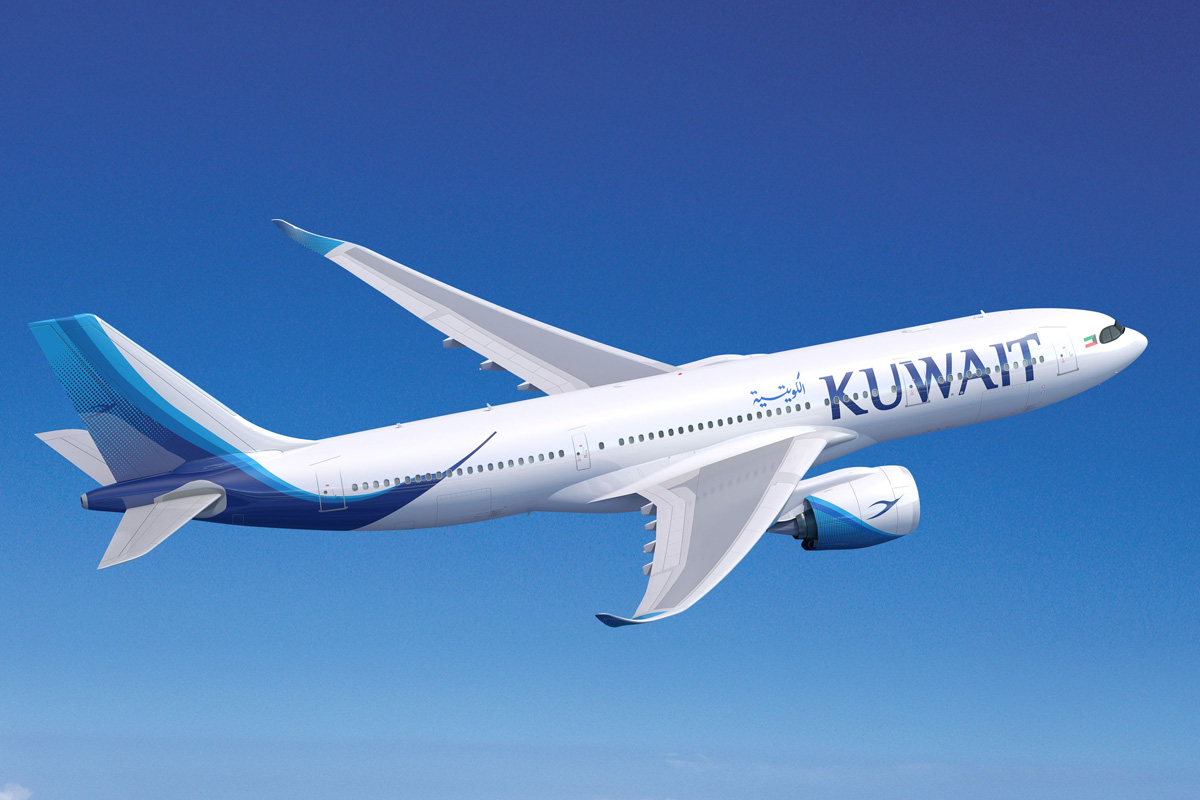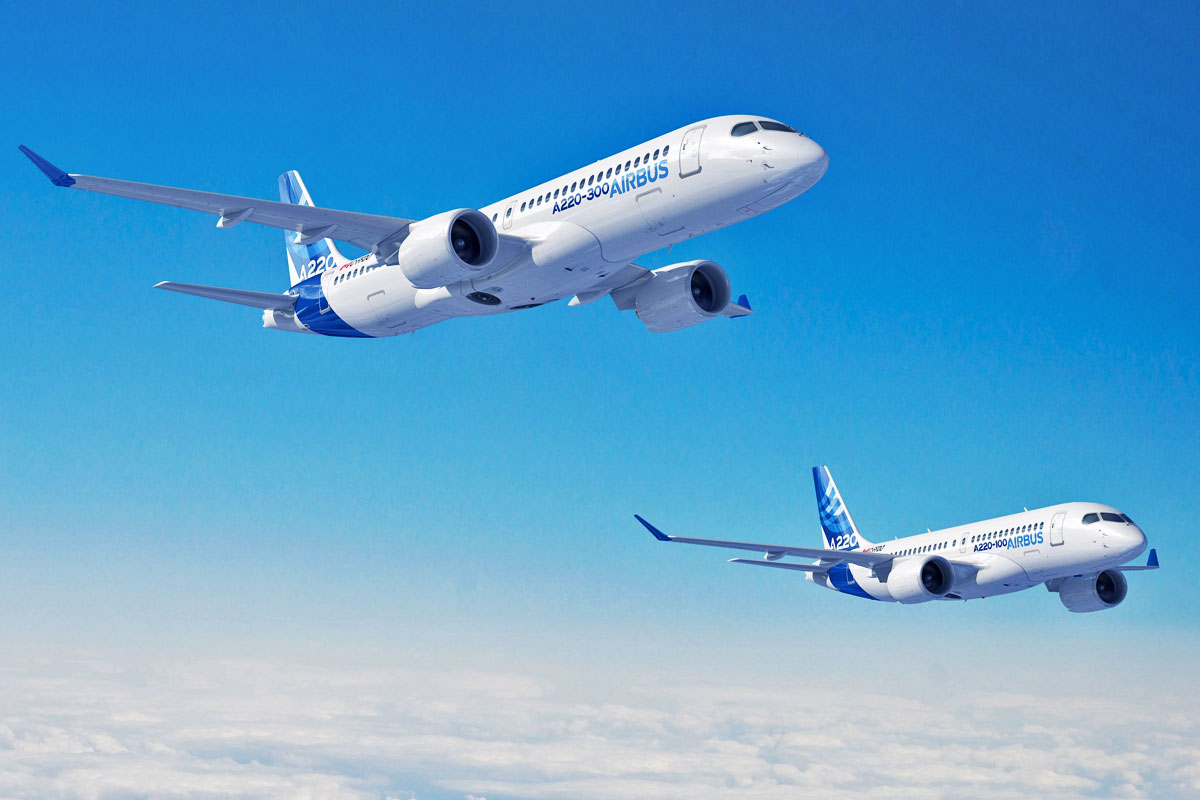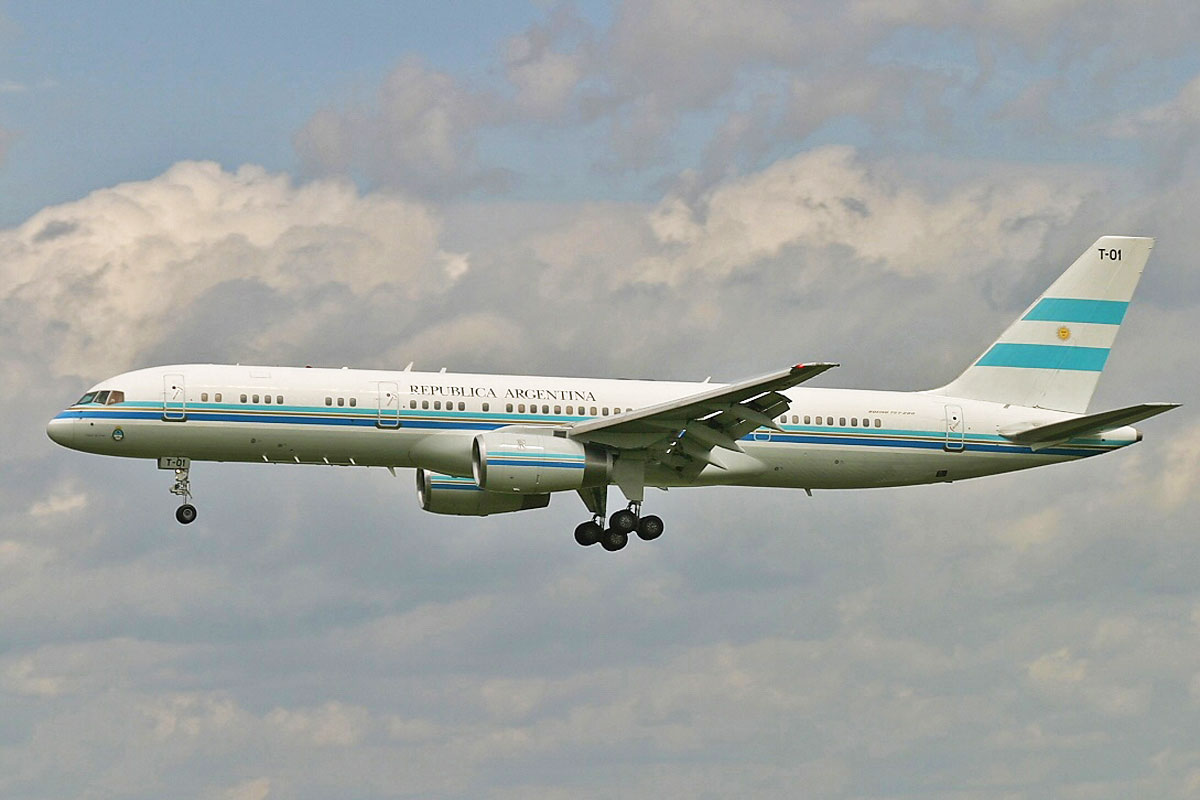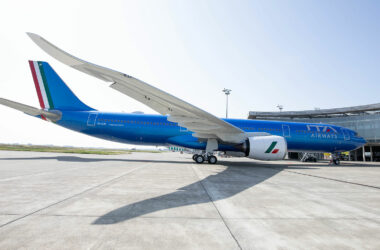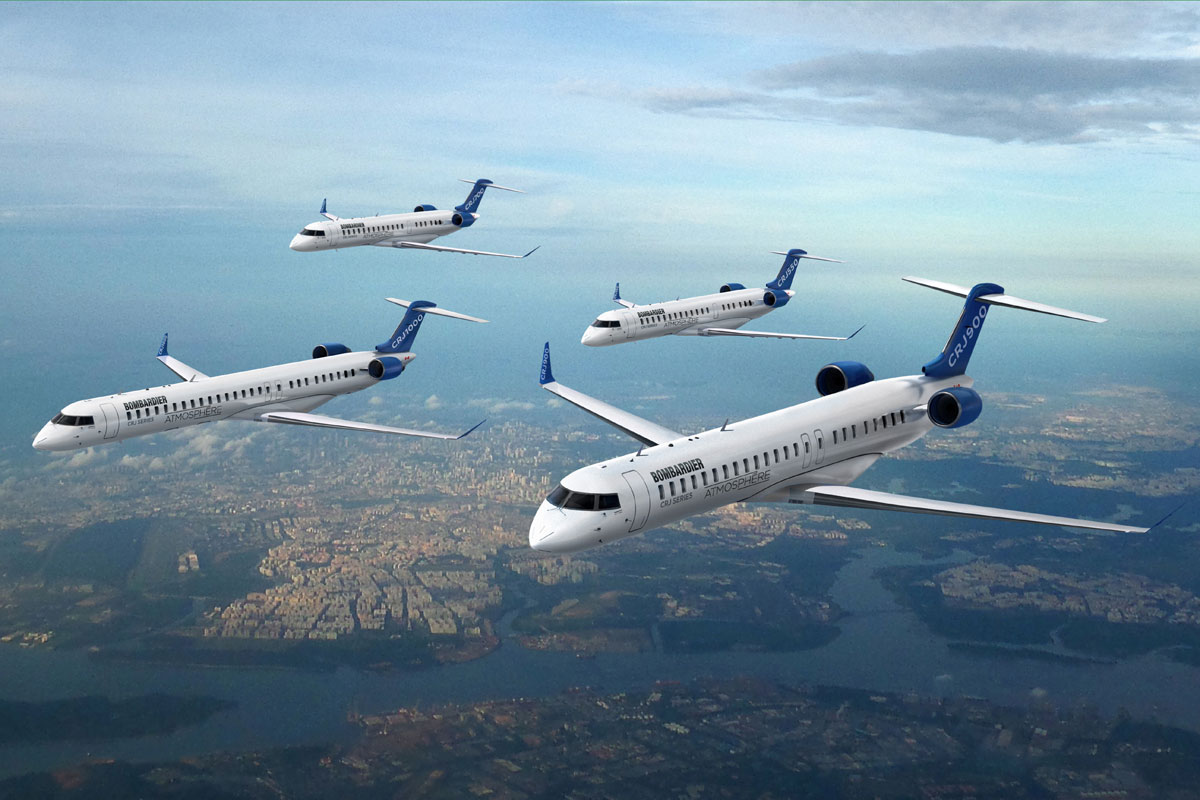There were 370 hours in the air on 132 flights made so that the A330-800 could receive the joint type certification granted by the FAA and EASA, the European civil aviation agency, this Thursday. Airbus intends to deliver the first production aircraft still in 2020, but it did not say when this should happen. Without specifically mentioning the -800 version, the manufacturer stated that the “A330neo family has already secured 337 firm orders from 22 operators”.
A smaller capacity variant of the new A330neo, the new jet can carry from 220 passengers in a three-class layout to 406 occupants in a high-density configuration. Its greatest virtue, however, is its immense range: the A330-800 can fly distances of up to 15,100 km in a three-class configuration.
This performance is possible thanks to the improvements received, such as the wings made of composite material with advanced design and equipped with sharklets, as well as the adoption of Trent 7000 turbofan engines, which together provide a 25% savings in fuel consumption compared to older jets and the same size.
But these characteristics have not yet touched airlines. Only two companies, Kuwait Airways, with eight planes and Uganda Airlines, with two, announced orders for the A330-800. Airbus further claims that there are four aircraft ordered from undisclosed customers.
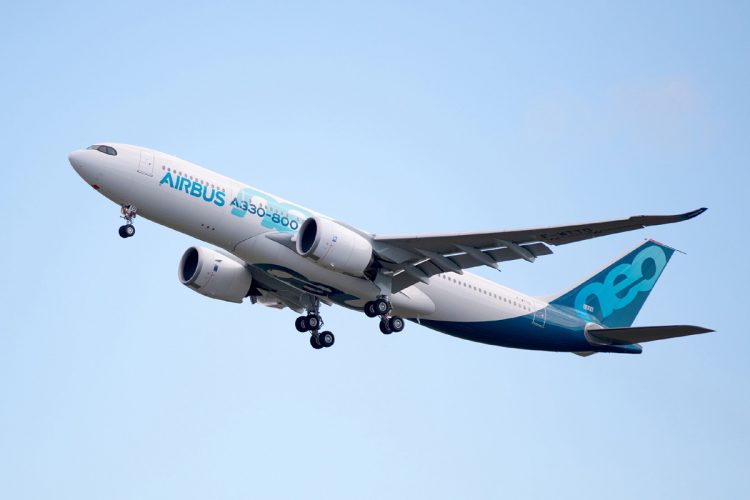
Less A330 in production
With a maximum takeoff weight of 242 tonnes, the A330-800 sits between the Boeing 787-8 and 787-9 offering more range than its rivals. As currently one of the smallest widebodies on the market, Airbus’ aircraft should be the natural choice for companies that need more than an A321, for example.
However, Airbus intends to reduce the production pace of the A330, including the most successful variant (-900). The information was revealed by the company’s CEO, Guillaume Faury, on Thursday during the disclosure of the airframer’s results in 2019.
According to Faury, the goal is to produce only 40 A330s in 2020 to adjust to market demand. A similar situation was pointed out by Boeing to justify a brutal reduction in the production of the 787 in the coming years. The A350, in turn, will continue to be produced at a rate of up to 10 aircraft per month.

